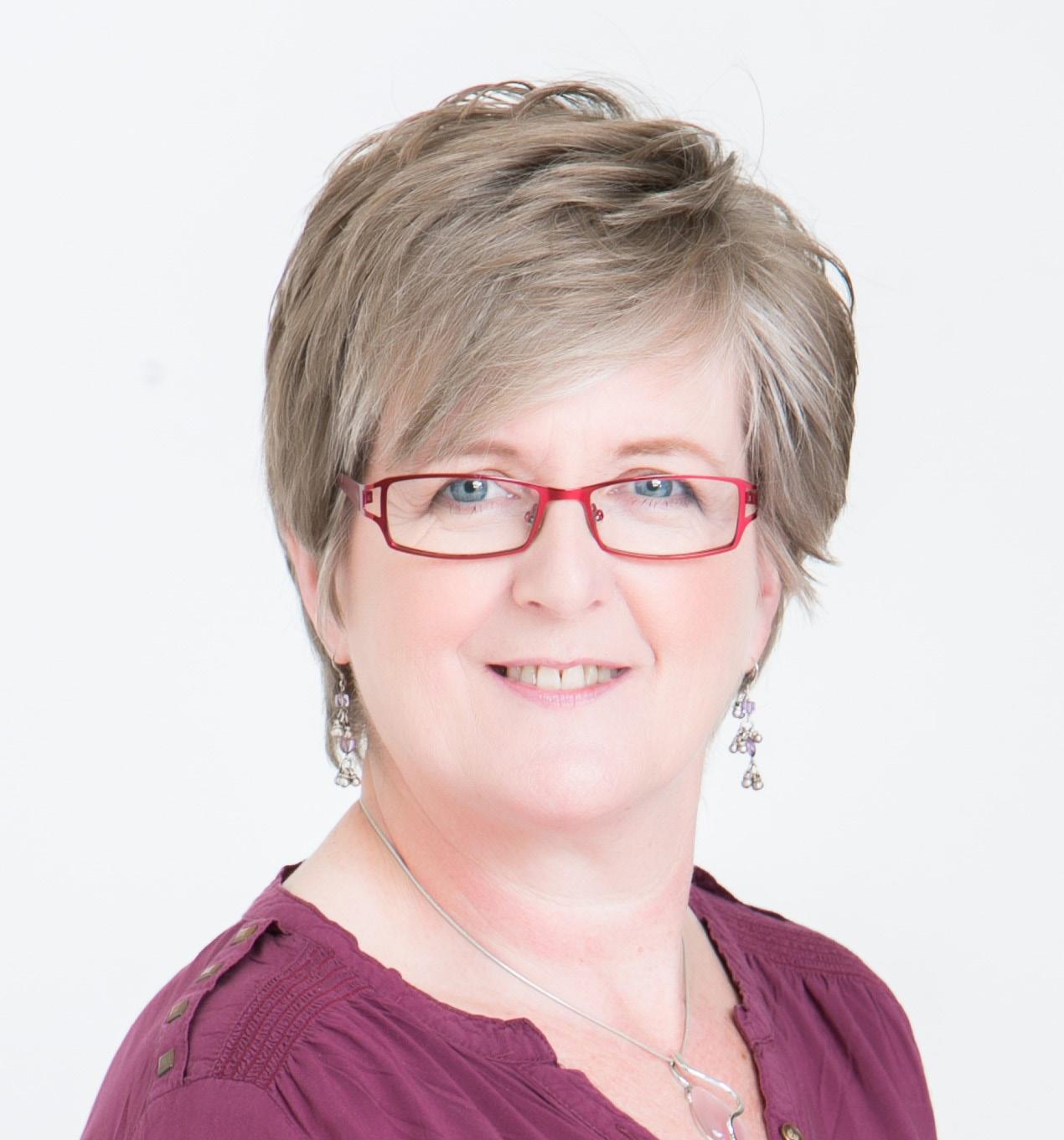
7 minute read
HOW TO PLAN YOUR BOOK FOR SUCCESS
from New Horizon
— BY KAREN INCE
Advertisement
The market is flooded. Thanks to the likes of Amazon, Ingram Spark, Smashwords or Lulu, anyone can write anything. Once written they can publish it in an afternoon. In 2019 more than 1.6 million books were published, worldwide. Sadly, this means there are thousands of poorly written books out there. It also means that many wonderful books fail to get noticed.
If you’re intending to write a book, knowing how to promote it will be important. However, there is no point in investing time, effort and money to climb that mountain, if what you’re carrying with you is badly executed. There may be a few exceptional people who can write an excellent book just by sitting down and writing. For the rest of us, the process is much quicker, easier, and more successful if we create a plan. I think of a solid plan as having three parts.
PART 1: THE PRE-PLAN
Here you need to ask yourself some serious questions, because the answers will inform a lot of what comes afterwards. • Why are you writing this book? You need to have a strong personal motivation. There will be moments when you question why you’re doing it, times when it seems difficult, when it would be easier to forget all about it. What is going to keep you going? • What do you want your book to do for you?
Will it open doors to speaking engagements?
Attract new customers? Allow you to scale your business? The clearer you are about the purpose it serves, the better your plan will be to achieve that goal.
• Are you intending to approach a traditional publisher, or go the independent route?
This may have a major impact on your writing; for example, it is possible for non-fiction authors to get a publishing deal on the outline rather than the full text. Also, it simplifies your project plan (step 2) as some of the steps will be dealt with by the publisher.
• Who is your target reader?
This is a crucial piece of information to have before you start, and to keep reminding yourself of throughout the process.
PART 2: THE PROJECT PLAN
This plan needs to cover the following areas:
First-time authors are often surprised by just how long it does take to write a book. Even if you can type fast, you will not type at a consistent speed. You will stop to think, go back and tweak the last sentence, delete passages, change things around. Most aspiring authors also have other calls on their time—family, work, household responsibilities. So they have to fit their writing time in around their other commitments. Once the book is written this is only the first draft. You should be seriously considering editing and rewriting, possibly more than once. A realistic self-publishing timetable for a first-time non-fiction author would be at least six months, and preferably a year.
Your team. You need to identify your helpers well in advance. These may be people you pay, or, if you’re lucky, people you know who will do it for free or ‘mates rates’. But don’t skimp. It will make the difference between an okay book and a great book. You will need:
• At least one editor, preferably two for different parts of the process. An edit of a complete book will take weeks. You need to book it in advance.
• A professional book cover designer—unless you are a graphic designer
• A formatter. You can format the book yourself, but it may be more efficient and effective to find someone to do this for you.
• First readers. These are people who read the book while it is in the draft stages and provide feedback to help you improve it.
• Printer. If you want hard copies, you need to decide who will print them. Turn around times on a print run can be three weeks or more.
Your Marketing Plan. You need a marketing plan that runs alongside the writing and editing. You want people to be excited about your book before it comes out. Launch day should be a shout, not a whisper.
PART 3 – THE CONTENT PLAN
This begins with defining your subject area and target audience. It is better to be really specific about WHO your book is for. Move from ‘Anyone with an interest in investing,’ to ‘People starting out in stock market investments’ to ‘Young professionals looking for their first stock market investment.’ Why should you do this? Much of the information included in your book will be interesting to many people, not just your twenty-something high-flyer. But you need to market it, and if you try marketing to everyone you’ll end up selling to no-one. You need to write it with your ideal reader in mind— it will help you decide exactly which information to include without trying to brain dump everything you know. It will help you choose an appropriate style and tone for the text. And it might be the first of many books, so you can choose a different ideal reader for each one. Finally, we move onto planning the actual content. The more you can do at this stage, the easier the writing becomes. I’m quite linear, so I like nested bullet point lists. But visual representations such as concept maps or spider diagrams work equally well. If you have a preferred planning tool, use it. If not, experiment— you may learn something interesting (another bonus to writing your book).

There are three steps to this process:
1. Start with a high-level outline—think chapter headings.
2. Once that is complete, and in a sensible order move on to second level outline—think section headings. Again, take a sense check when you have completed this stage.
Is there information that is duplicated in two or more chapters? Should the chapters be moved around at all? 3. The third and final level— think paragraph synopsis.
Here you are capturing in a few words what each paragraph will be about. It may turn out in the end to spill into two or three paragraphs, that’s not a problem. You just want an overview of the content. Again, you can then take a sense check of the entire book.
You can also run this past other people to get their feedback. What have you included that isn’t needed? What have you missed? Is the information organised in a way that makes sense to them? The writing has now become easy. You simply flesh out each paragraph. It’s quick, and you have a map to follow. If you can only write in short bursts, you can complete a paragraph or two at a time, without losing track of where you are.
If you’ve been considering writing a book about your own expertise, then I hope that this overview has encouraged you to give it a go. Best of luck with your writing endeavours.

ABOUT KAREN INCE
Karen is an experienced writer and author coach. She writes content for businesses and fiction for fun. She first learnt editing and proofreading in the early 1990s and has since honed her skills with additional training and a lot of varied experience alongside a successful career in business. She is a published playwright, and author of both fiction and non-fiction. As a qualified life-coach she brings her combined experience of business, writing, and editing to support aspiring authors through the process of writing and publishing their book. She lives and works in the beautiful cathedral city of Canterbury (UK) where she is active in several local community groups, including two writers’ circles, one of which she founded. When not working she spends time relaxing with family or friends or encouraging vegetables to grow in her back garden. To find out more, check out www.mrswrite.co.uk for writing and coaching services and www.brangaine.co.uk for editing services. Find her on twitter @MrsWrite2; @kazimee; @brangaine1. Contact mrswrite@mrswrite.co.uk









